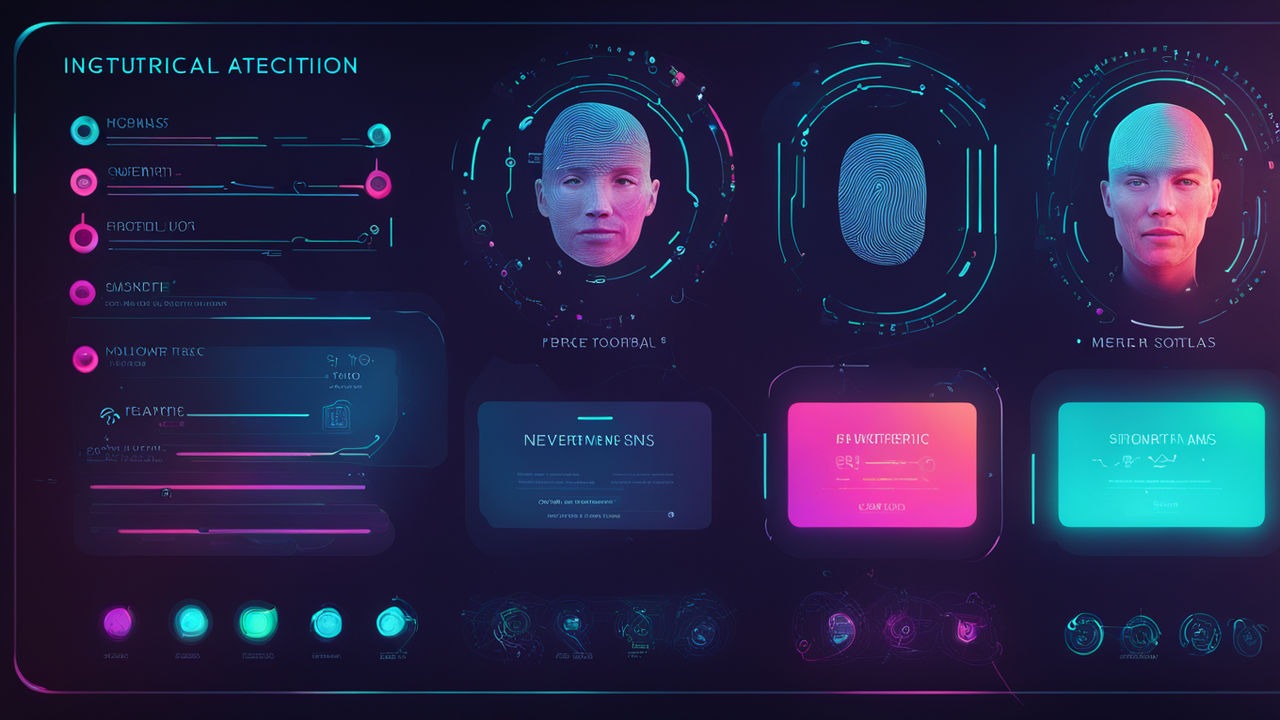Unlock Ultimate Security: Exploring Biometric Authentication for Future-Proof Protection
Biometric authentication is transforming digital security. Unlike traditional methods like passwords, biometrics offer a unique layer of protection by leveraging physiological traits. As cyber threats evolve, developers seek innovative ways to safeguard data and enhance security.
Integrating biometric systems addresses these challenges, offering a seamless and secure user experience. This aligns with emerging technologies like serverless architecture, which also prioritize efficiency in the digital landscape.
Understanding biometric technologies can be transformative for web developers, enabling them to provide robust solutions that meet modern security demands.
Understanding Biometric Authentication
Biometric authentication verifies identity based on unique physical or behavioral traits. This includes fingerprints, facial features, and iris patterns. These methods are popular due to their accuracy and convenience, setting a new standard for secure access control.
For developers, integrating biometrics enhances security and user experience. Unlike passwords, biometric data is hard to replicate, reducing unauthorized access risks. This makes it ideal for apps where security is crucial.
With increasing accessibility, biometric integration is viable for many apps. Understanding these technologies empowers developers to create applications that exceed user expectations in security and convenience.
Types of Biometric Authentication
- Fingerprint RecognitionWidely used in smartphones, fingerprint recognition is reliable and fast. Developers can leverage this for seamless user experiences and secure access controls.By incorporating fingerprint authentication, developers enhance security without compromising convenience, particularly in apps requiring frequent access checks.
- Facial RecognitionFacial recognition is gaining popularity from smartphones to airport security. It offers a non-intrusive way to verify identity, enhancing both security and user interaction.Developers can create intuitive access controls, improving user satisfaction. The technology’s adoption underscores its potential to redefine security standards.
- Iris ScanningIris scanning analyzes unique eye patterns, providing high security. Its precision makes it suitable for applications handling sensitive data.Developers can boost application security by implementing iris scanning, a formidable tool for cybersecurity.
Advantages of Biometric Authentication
Biometric systems enhance security by using unique biological traits, making unauthorized access difficult. This is vital where data protection is crucial.
Biometric authentication also improves user convenience by eliminating passwords, offering quicker access. This boosts satisfaction and retention.
Efficiency is another advantage, streamlining verification in frequent check environments. For developers, this means smoother application flows and better engagement.
- Learn about Mastering Machine Learning Integration for enhanced security solutions.
Challenges and Considerations
Despite its benefits, biometric authentication has challenges like privacy concerns and data protection. Developers must store biometric data securely to maintain user trust.
Implementing biometric systems requires careful planning. Developers should ensure compatibility with existing systems and user acceptance. Clear benefits and seamless integration are crucial for success.
Addressing these challenges is vital for creating secure, user-friendly applications. By understanding potential pitfalls and mitigating them, developers can fully leverage biometric technologies.
Implementing Biometric Authentication in Your Projects
Integrating biometric systems involves several steps:
- Assess Needs: Determine which biometric method suits your application’s requirements, considering security, convenience, and cost.
- Select Platforms: Choose platforms and libraries that support biometric integration, such as Apple’s Face ID or Android’s BiometricPrompt API. These tools provide robust frameworks for implementation.
- Integration: Implement biometrics using SDKs and APIs that offer secure, streamlined processes. Ensure compatibility with existing authentication systems for a seamless user experience.
- User Engagement: Engage users, IT teams, and security experts to align the solution with goals and expectations. Provide training and support for smooth adoption.
- Monitoring: Continuously monitor and update the system to stay current with advancements. This ensures enhanced security and user satisfaction.
Developers can also explore combining biometrics with other technologies like Quantum Computing and AI for innovative solutions.
Conclusion
Biometric authentication is a leap forward in securing digital interactions. By embracing these technologies, developers can enhance security and streamline experiences, delivering more value to users.
Explore how biometrics can complement other technologies to create solutions that meet modern users’ expectations.
Discover more from Just-CO
Subscribe to get the latest posts sent to your email.




